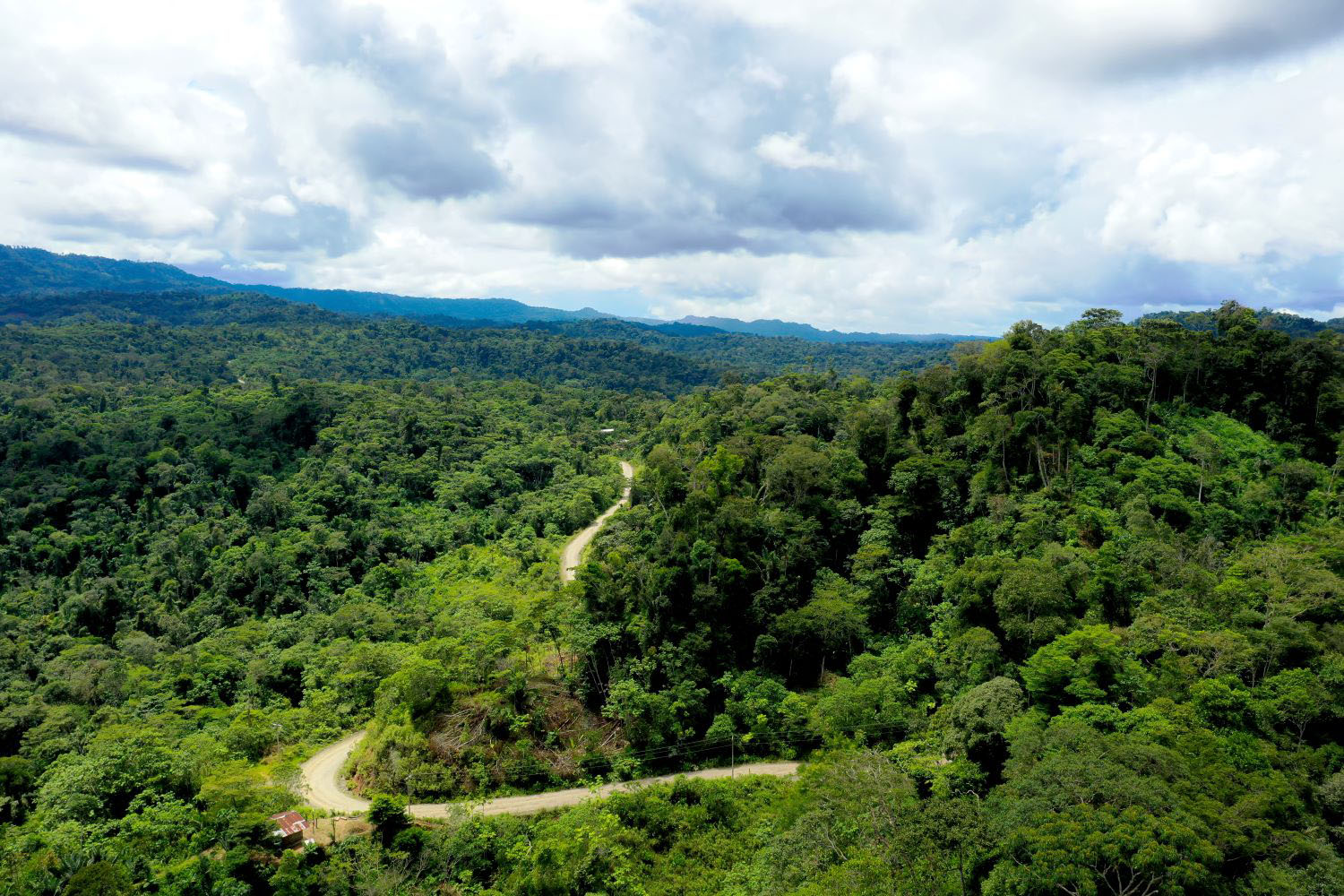Recommended
Forest-based carbon markets could become an important source of income for countries in Africa, Latin America and Asia-Pacific. Estimates indicate that under a high carbon prices scenario, the value of the forest-based carbon credit market could increase from US$1.3 billion in 2021 to US$25 billion per year by 2030. Apart from the climate and monetary benefits, forest based carbon markets also have pitfalls that must be avoided. Without the right institutions in place, at the national and local level, forest projects can generate negative externalities, such as population displacement, increases in food prices, and biodiversity degradation.
The value chain in carbon credits involves a number of high value-added upstream and downstream activities that tend to take place outside the countries where the projects are located. Industrial policies are required for host countries to receive a higher share of the revenue stream, including in areas such as structuring, monitoring, verification, and surveillance. Countries need to promote actions in labor training, research and development, and access to long-term capital. The paper proposes the creation National Carbon Federations as institutions to resolve several market failures, while preventing conflict, ensuring adequate savings of the additional income, and strengthen democratic governance. These organizations can also provide key public goods, so that local communities benefit from the development of carbon credits from tropical forests.
Los mercados de carbono basados en bosques podrían convertirse en una fuente importante de ingresos para países en África, América Latina y Asia-Pacífico. Las estimaciones indican que bajo un escenario de precios altos del carbono, el valor del mercado de créditos de carbono basados en bosques podría aumentar de 1,300 millones de dólares en 2021 a 25,000 millones de dólares por año para 2030. Aparte de los beneficios climáticos y monetarios, los mercados de carbono basados en bosques también tienen desafíos que deben evitarse. Sin las instituciones adecuadas a nivel nacional y local, los proyectos forestales pueden generar externalidades negativas, como el desplazamiento de poblaciones, aumentos en los precios de los alimentos y degradación de la biodiversidad.
La cadena de valor en los créditos de carbono implica una serie de actividades de alto valor agregado, tanto en etapas iniciales como finales, que tienden a realizarse fuera de los países donde se ubican los proyectos. Se requieren políticas industriales para que los países anfitriones reciban una mayor parte del flujo de ingresos, incluyendo áreas como estructuración, monitoreo, verificación y vigilancia. Los países necesitan promover acciones en formación laboral, investigación y desarrollo, y acceso a capital a largo plazo. El documento propone la creación de Federaciones Nacionales de Carbono como instituciones para resolver varios fallos de mercado, mientras se previene el conflicto, se asegura un ahorro adecuado de los ingresos adicionales y se fortalece la gobernanza democrática. Estas organizaciones también pueden proporcionar bienes públicos clave, de modo que las comunidades locales se beneficien del desarrollo de créditos de carbono provenientes de bosques tropicales.
Rights & Permissions
You may use and disseminate CGD’s publications under these conditions.







